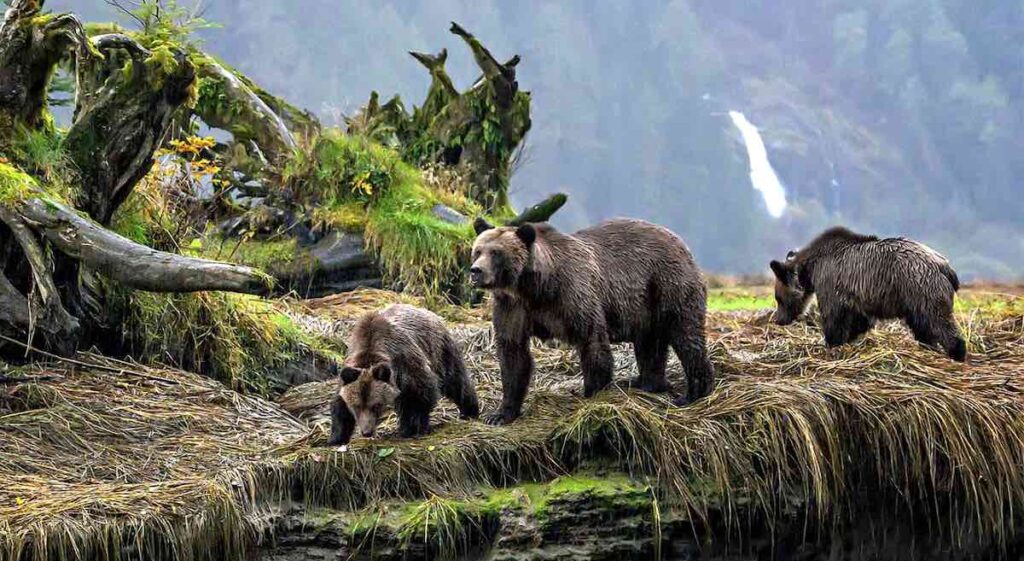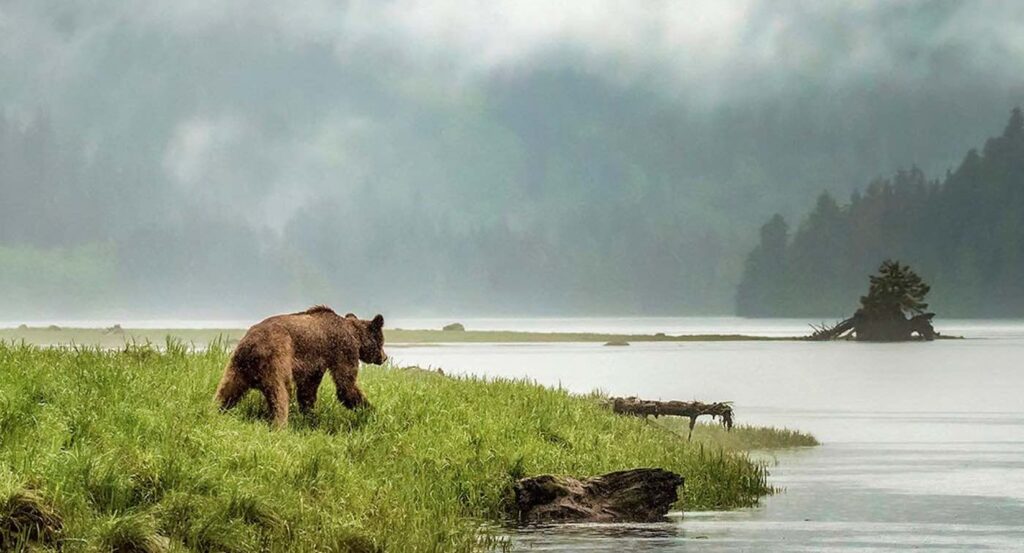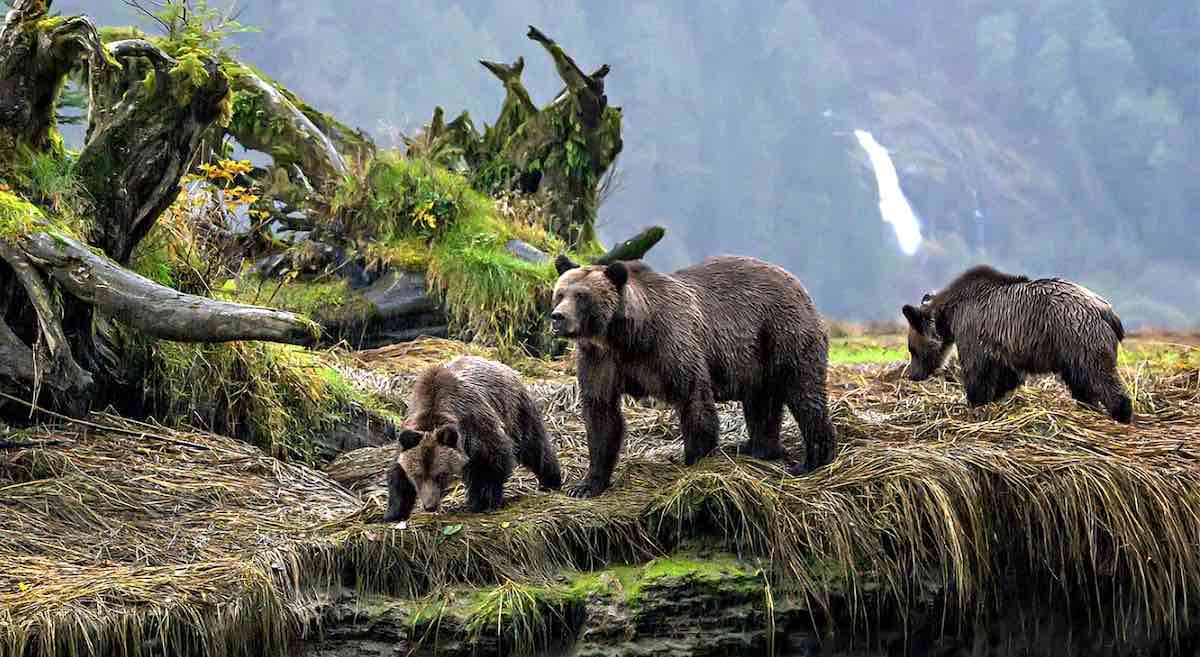Indigenous humans living along the west coast in British Columbia have been culturally connected to grizzly bears for millennia, sharing the same dense forests of Canada.

Now research reveals the grizzlies here belong to three distinct genetic groups—and they align strikingly well with the three local Indigenous language families.
From a collaboration of First Nations with scientists at the University of Victoria and the Raincoast Conservation Foundation a newly identified link emerged in this relationships between grizzlies and the Tsimshian, Northern Wakashan, and Salishan Nuxalk peoples.
The explanation the partnership favors is that the landscape has shaped bears and humans in similar ways.
How exactly the three areas differ—likely in constraints and opportunities for foods and movement—remains a mystery. However, we do know that bears and people have long shared resources and space on this landscape, emphasizing the potential for a parallel response to variation in these resources that reflects this long-term relationship.
The striking finding was as unexpected as it was surprising.
POPULAR: The ‘Sioux Chef’ Brings Indigenous Food Back to the Forefront of American Diets
“The study was originally motivated towards understanding if genetic discontinuity might exist across the landscape, an important consideration in management,” offered Lauren Henson, Raincoast Fellow and PhD student at UVic.
Henson used bear hair samples that researchers had collected over the course of 11 years, according to Science.org, which reported that the group collected samples from 147 bears over 23,500 square kilometers—an area roughly the size of Vermont.
The study, published in the peer-reviewed journal Ecology and Society in August, stated:
“Grizzly bears sampled within an area represented by a given language family were significantly similar to those sampled within that language family and significantly divergent to those sampled outside the language family. This spatial co-occurrence suggests that grizzly bear and human groups have been shaped by the landscape in similar ways, creating a convergence of grizzly bear genetic and human linguistic diversity.”

But, don’t assume that “shaped by the landscape” refers to rivers, or obvious physical barriers that would keep them apart—because there were none. The genetic groupings didn’t fall in areas bordered by waterways or rugged peaks.
Henson infers that the bears remain genetically distinct not because travel is restricted, but because the region is so bountiful (with an unending supply of salmon, for instance) that they never needed to stray to meet their needs.
Most important to modern conservationists, the geographic configuration of the genetic groups does not align with how grizzlies are currently spatially managed by the local provincial government.
WATCH: How to Protect a Dozen Little Kids From a Grizzly Bear? Sing a Hilarious Moose Song, of Course
For William Housty, of the Heiltsuk Integrated Resource Management Department and co-author, results like these highlight the importance of locally-led monitoring for management.
“Our investments in research across our territories allow us to make informed management decisions that draw not only from our own knowledge, but also new scientific evidence like this,” said Housty.
Send the Fascinating News to Your Tribe on Social Media…




















